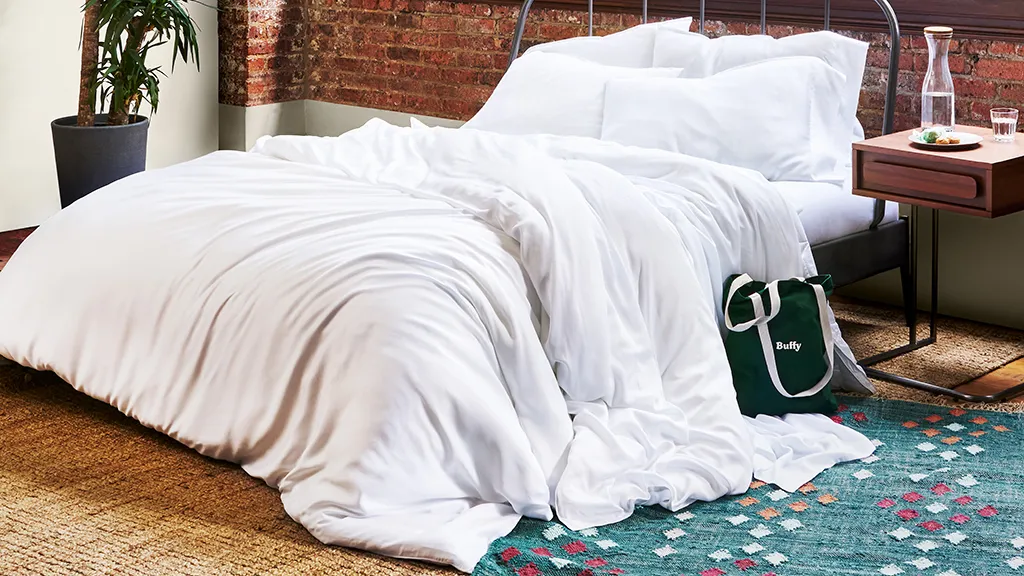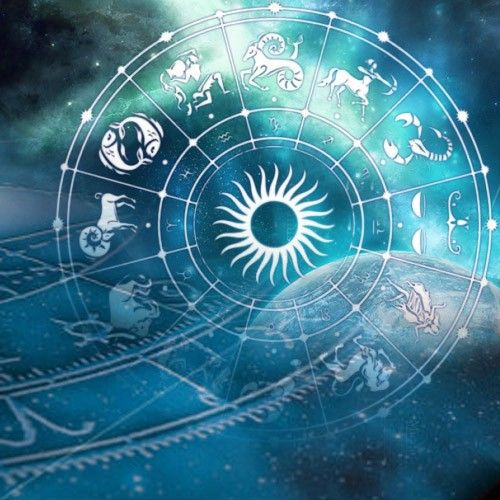Pakistani clothing is a vibrant and diverse representation of the country’s rich cultural heritage. From the intricate embroidery to the exquisite fabrics and unique designs, Pakistani clothes have gained global recognition for their elegance and charm. In this article, we will take a closer look at the beauty and significance of Pakistani clothing, which continues to captivate fashion enthusiasts around the world.
A Kaleidoscope of Styles
Pakistani clothes encompasses a wide array of styles, each with its unique charm and cultural significance. Some of the most popular Pakistani clothing styles include:
1. Shalwar Kameez:
The shalwar kameez is the traditional attire of Pakistan. It consists of loose-fitting trousers (shalwar) paired with a long tunic (kameez). This mehndi outfits is not only comfortable but also elegant and widely worn by both men and women.
2. Lehenga Choli:
The lehenga choli is a traditional bridal ensemble. It features a flared skirt (lehenga) paired with a short blouse (choli) and a matching dupatta. This outfit is known for its intricate embellishments and vibrant colors.
3. Sari:
While the sari is more commonly associated with Indian fashion, it is also worn in Pakistan, especially in the Sindh region. The sari is a long piece of fabric draped elegantly around the body, creating a stunning and versatile look.
4. Kurta Pajama:
The kurta pajama is a comfortable and casual outfit worn by men. It consists of a long tunic (kurta) paired with straight-cut trousers (pajama).
5. Anarkali Suit:
The Anarkali suit is a modern take on traditional clothing. It features a long, flowy frock-style top paired with fitted leggings. This style is known for its regal appearance.
Fabric and Embroidery
One of the standout features of Pakistani clothing is the attention to detail in fabric selection and embroidery. Some of the most popular fabrics used include silk, chiffon, cotton, and georgette. These fabrics not only provide comfort but also serve as a canvas for intricate embroidery work. Pakistani artisans are known for their skill in creating beautiful patterns and motifs, often using techniques like zardozi, resham, and gota work. The embroidery on Pakistani clothes adds a touch of luxury and elegance, making them suitable for special occasions and everyday wear.
Vibrant Colors
Pakistani clothing is a celebration of colors. From bold and striking shades to soft and pastel hues, Pakistani fashion offers a wide spectrum of colors to choose from. Traditional attire is often adorned with vibrant hues, reflecting the joyful spirit of Pakistani culture. Popular colors include deep reds, royal blues, rich greens, and regal purples.
Global Influence
Pakistani clothing has not remained confined within the borders of Pakistan. In recent years, it has gained international acclaim, thanks to the efforts of Pakistani designers and the diaspora community. Pakistani fashion weeks and designers like Sana Safinaz, Maria B., and Hassan Sheheryar Yasin have showcased their collections on global runways, further establishing Pakistan’s presence in the fashion industry.
Conclusion
Pakistani clothing is a testament to the country’s rich cultural heritage and artistic prowess. Its diverse styles, exquisite embroidery, and vibrant colors have made it a favorite choice for fashion enthusiasts worldwide. Whether you’re attending a special event or simply looking for comfortable and stylish daily wear, Pakistani clothes offer a timeless elegance that’s hard to match. So, the next time you’re seeking an outfit that beautifully blends tradition and style, consider exploring the world of Pakistani clothing.
If you’re interested in exploring the world of Pakistani fashion further, you can access a variety of options online and in stores. Pakistani clothing truly embodies the essence of timeless elegance and cultural heritage. read more











